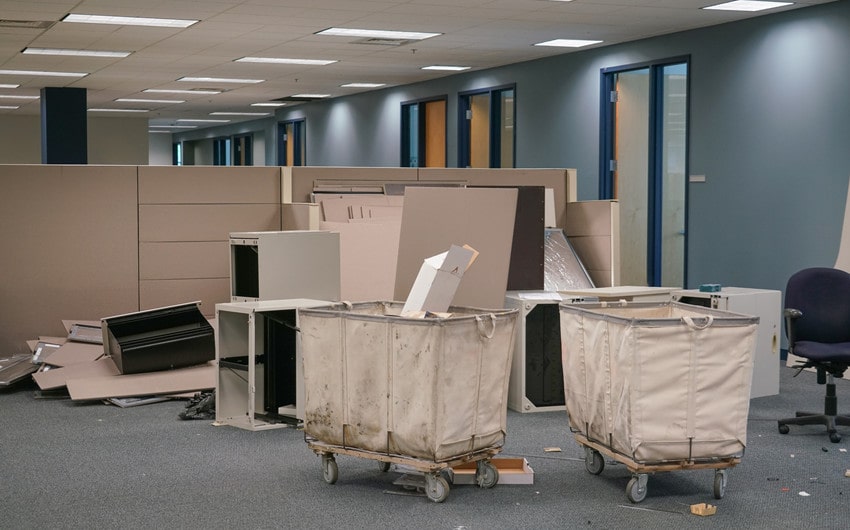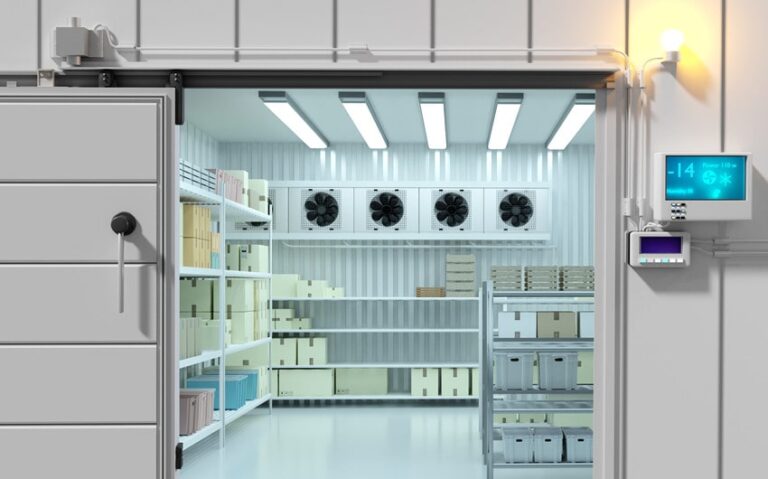Transforming Commercial Spaces: Key Renovation Strategies to Meet Modern Business Needs
As businesses evolve, so do their spaces. In today’s rapidly changing work environment, commercial spaces need more than just a facelift—they need a complete transformation to meet the requirements of modern business. From flexible layouts to tech-integrated design, these spaces must adapt to foster productivity, meet sustainability goals, and provide comfort for employees and clients alike.
Here’s a practical guide on renovating commercial spaces to align with these evolving needs.
1. Embrace Open and Flexible Layouts
One of the most significant changes in commercial design is the shift from closed, compartmentalized areas to open, flexible layouts. Open spaces encourage collaboration and provide employees with the freedom to move, work, and interact in various zones. For many businesses, this approach fosters a more communicative and dynamic work culture.
However, creating a fully open layout isn’t always feasible or desired. Dividers or flexible walls can create adaptable spaces, allowing for areas that promote focus while maintaining the option to open up space when needed.
High-quality partitions, particularly in shared areas like bathrooms, are essential in establishing privacy and functionality. Ensuring flexibility in layout not only accommodates day-to-day activities but also allows room for growth and adjustments as business needs change.
2. Integrate Technology Thoughtfully
Technology has become the backbone of modern workspaces, supporting everything from virtual meetings to automated lighting systems. Integrating tech solutions into the design process is crucial to creating a future-ready space. However, simply adding technology isn’t enough; it needs to be seamlessly embedded into the design to avoid clutter and maintain a professional aesthetic.
Consider options such as smart lighting, which adjusts based on natural light levels, or touch-free controls for high-traffic areas like restrooms and conference rooms. These small updates can significantly enhance comfort and convenience. When planning, prioritize wiring and connectivity needs to support Wi-Fi, power outlets, and any equipment essential to your business operations.
3. Improve Energy Efficiency
Energy efficiency is more than just a trend; it’s an essential part of modern commercial spaces. Not only does improving energy efficiency reduce operational costs, but it also supports sustainability goals that are increasingly important to clients and employees. From lighting upgrades to HVAC improvements, there are several ways to reduce a building’s energy consumption.
Begin with LED lighting, which is both long-lasting and energy-efficient. For heating and cooling, consider upgrading to an energy-efficient HVAC system and installing programmable thermostats to monitor usage.
Additionally, using eco-friendly materials in renovations—such as recycled or locally sourced materials—enhances the environmental impact of the space. For businesses seeking further guidance on sustainable building practices, the U.S. Green Building Council provides resources on energy-efficient commercial construction here.
4. Upgrade Facilities to Enhance Functionality
Renovating a commercial space goes beyond aesthetics. It’s also about creating a functional, user-friendly environment. Think about areas like kitchens, restrooms, and break rooms. Updating these spaces with modern, durable fixtures not only improves usability but also leaves a positive impression on employees and clients alike.
Bathrooms, for instance, benefit from high-quality partitions and hands-free fixtures, which provide durability and improved hygiene—an essential feature in high-traffic areas. So, if you are after quality and resilience, you have to opt for ASI Global partitions, which manufactures top-notch products.
For other facilities, consider practical, easy-to-maintain materials that will stand the test of time. Even minor upgrades to furniture and storage solutions can enhance day-to-day functionality and comfort for everyone in the space.
5. Focus on Aesthetic and Brand Consistency
Finally, aesthetic consistency that aligns with your brand’s identity is a crucial aspect of modern commercial design. Colors, furniture, lighting, and even the art on the walls should reflect the brand’s values and personality. This cohesion not only enhances the physical appeal of the space but also strengthens the brand experience for both employees and clients.
For example, minimalist design with clean lines and neutral colors works well for tech-focused companies, creating a sleek and modern feel. In contrast, a creative agency may opt for bold colors and unique furniture to inspire innovation and creativity. Every aesthetic choice should serve a purpose, creating an environment that feels both professional and welcoming.
Making the Change: The Path to a Modern Space
Transforming a commercial space to meet modern business requirements is a thoughtful, layered process. While open layouts, technology integration, energy efficiency, functional upgrades, and brand-aligned aesthetics are essential elements, each business must adapt these changes to fit its unique needs. Renovating with a clear vision helps create a space that supports the company’s goals and reflects its values.
After all, a modernized environment isn’t just about keeping up with trends—it’s about building a foundation for future success.



